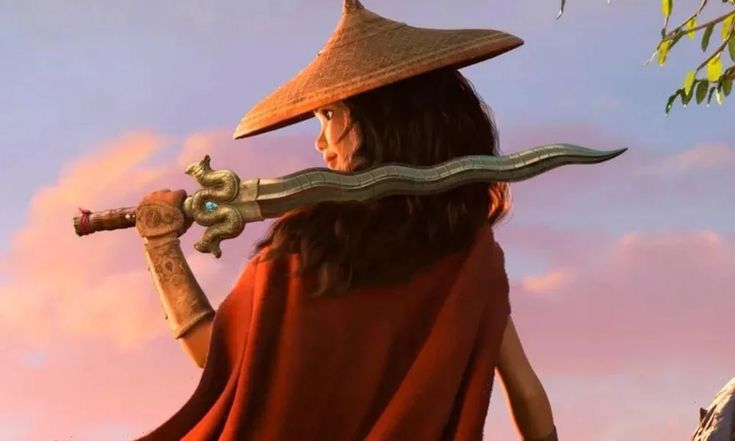Few weeks ago, I just watched one of the animation movies by Disney, Raya and The Last Dragon. I know it aired a few years ago, and I think I’m too old to watch that kind of things.
It started when my lecturer, who was my thesis supervisor, asked me to summarize and review so many journals about ecofeminism. I don’t know if it is gonna be her new topic of research or if one of her students’ had an idea regarding their thesis, one thing I can conclude is that ecofeminism is one impressive topic that I have never studied before.
Basically, ecofeminism is a resistance movement related to how women and nature have the same connection in terms of how some groups treat them unfairly.
Not only women who experience discrimination, but nature being neglected and degraded is also a consequence of the domination of a group with a system of patriarchy and capitalism. This term was first coined by Françoise d’Eaubonne in 1974. In the 70s and 80s, a lot of conferences or workshops were held in America by a coalition of feminist activists. They saw that women face the same problems with nature as their figures are considered chaotic, irrational, often ignored by the human ego which is dominated by men, who always think that these two things are not prioritized in any aspect.
In the other word, this idea is considered radical ecofeminism thought, which tends to belittle and demean women or nature, claiming that men are not equal to both of them. Meanwhile, in other ways, experts in cultural ecofeminism claim that women have a more intimate and equal role with nature, such as caregivers in the family or providers of food. So apart from the attachment of nature to religion and belief in goddesses as the role of women is found in spirituality, women with their natural sensitivity are considered closer and more sensitive to nature itself.
How is Ecofeminism Portrayed in Raya and The Last Dragon?

Southeast Asia
Back to Raya and her story, in this movie, we are introduced to the wonderful culture of Southeast Asia. Where a fictional land called Kumandra has believed in dragons as sacred creatures and protectors from disasters, Druun, since time immemorial. The dragons sacrificed to protect Kumandra but because of human greed over the eternal of dragons gem, Kumandra split into five tribes.
Raya, as the daughter of Benja, the head of the Heart tribe, is depicted as a woman who is aware of the occurrence of natural damage as a result of the five tribes’ greed (for each personal gain which in the end became a disaster because Druun shook the stability of nature). Hence, Raya and the Last Dragon shows a woman guardian who collaborates with a natural balancing figure, a water dragon (last dragon), Sisu.
In my insight, human greed portrayed in the movie as five tribes who no longer think about natural conditions or their homeland, they only care about their own interests and peace without caring about how disaster (Drunn) will devour their homeland (Kumandra) if there is no stability in the dragon gem which is the core of the conflict for the five tribes.
And this can be compared to how people who adhere to the principles of capitalism treat nature. No matter what disasters may strike in the future, they prefer flat land where skyscraper complexes can be built for business purposes rather than the shade of the forest which can prevent floods that hit their city.
Just like people with patriarchal principles who prioritize the roles and interests of men over women, because women are not as strong or as tough as men, they prefer to use women’s rights which should be available and not limited. Just as women should be worthy of working, those who are greedy do not provide this opportunity. So at this point, I can understand the point of ecofeminism. Nature and women are not given proper opportunities by humans or men to be able to live and have rights.
Such a beautiful explanation of how nature and women have an intimate connection, and are mutually sustainable in one aspect. In the right to a decent life and similar things. Raya and The Last Dragon represents the wonderfulness of Southeast Asia culture with this rational reality depiction very well.
So after reviewing journals about ecofeminism, and watched Raya and The Last Dragon, without hesitation I immediately added this movie to my list of favorite animated films of all time. Once again, Disney never fails when it comes to story plots.
Baca Juga: Mastering the Art of Setting Personal Boundaries in 5 Key Steps
References: ScienceDirect, Britannica, Ecowarriors bring back Kumandra: An ecofeminism study depicted in Raya and the Last Dragon (2022) by Imroatina, Setyorini & Ihsan.
was published on author’s personal acoount on medium. https://medium.com/@anindhitasabrina (11/19/2023)
